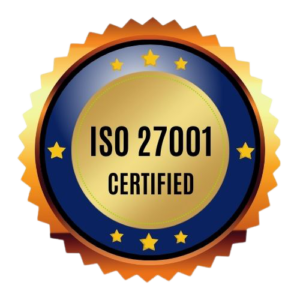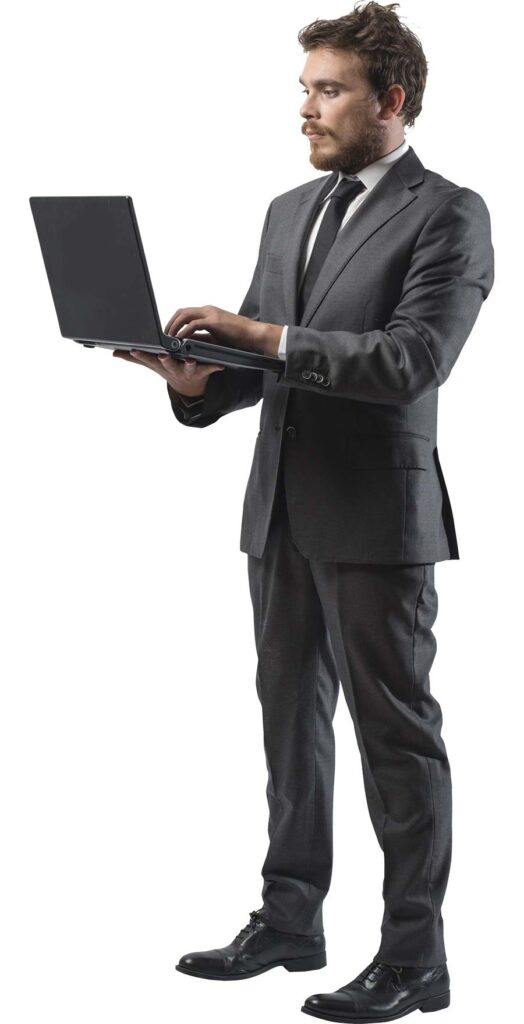Today’s Human Resources function is no longer the back-office department sifting through piles of documents. Not only has HR expanded functionally to include far more than just recruitment and compensation, but it has also leveraged technology to streamline its processes like never before. As the digital age breaks new frontiers and workforce expectations evolve rapidly, here are the six key trends that we can expect to shape the way HR works in the years to come.
Flexible Employment Terms
In a recent study, over 80% of CEOs stated that ‘agility’ was a priority for their organization. However, agility can have different meanings in different contexts – and for HR, agility takes the form of flexibility. With the gig economy on the rise, employers are increasingly embracing contractual and freelance models, where external resources fulfill certain tasks that are beyond the bandwidth of the in-house team. Another emerging concept is that of ‘flex teams’, where employees address business problems as they emerge rather than doing one specific task every day. This kind of flexibility allows employees to assume more control over their work lives and also allows employers to benefit from a larger pool of talent than just their full-time employees.
Remote Working
With an overwhelming majority of employees stating that they would prefer to work remotely, organizations are shifting their focus to building more virtual workspaces for teams to collaborate in. This will require HR to don a more ‘technical’ hat than it has so far, as it needs to determine aspects such as the platforms and devices to be used for collaboration, the split between virtual and in-person meetings and the user experience of the tech itself. Regardless of how advanced the tech is, it needs to meet the needs of individual teams and the organization as a whole – only then will be worth investing in.
Data As A Tool And Not A Decision Driver
The importance of data in determining solutions has long been recognized. However, the challenge now is to go beyond merely improving the numbers towards actually solving problems. Data needs to be a tool in the creation of substantial business value, and for that to happen it needs to be paired with the insights and ideas of the HR team concerned. For instance, managers can use data to track the employee lifecycle from recruitment to notice period to see when and why people leave – however, without a more personal understanding of who is leaving and why, they cannot address the underlying problems. There is thus likely to be a shift towards more qualitative solutions where data is paired with human insights to answer questions.
Workforce Diversity
The push for gender parity at the workplace gained renewed relevance in the wake of the #MeToo movement and will only accelerate this year. Organizations are working towards the creation of more diverse management and executive teams, including representation of more women and minorities at top-level positions. While the outlook so far is cautious at best, with a World Economic Forum survey revealing that it would take 108 years to close the gender gap worldwide, initiatives like equitable parental leave policies and stricter harassment laws can help speed that up.
Cloud Adoption
Perhaps nowhere has HR progressed as much as in its use of tech. According to a 2017 Deloitte study, 41% of HR departments were working actively on providing mobile services, while 33% were using some form of AI (artificial intelligence) technology to deliver HR services. In particular, moving HR services to the Cloud has brought about considerable benefits in terms of data storage, automation of routine tasks, 24/7 data access, and enhanced productivity. It is important to ensure that the transition to the Cloud is as smooth as possible – Camptra offers valuable tailored services in this regard.
Predictive Analytics
While this is a relatively new field, the use of AI is opening up several exciting possibilities for HR. One of these is the use of predictive analytics to boost employee retention and loyalty. By examining employee data from across the organization, AI can identify patterns that could indicate a drop in employee satisfaction and thus an increased likelihood of the employee leaving. The HR team can then decide on appropriate solutions to boost employee loyalty (for instance, by providing extra training or greater recognition for efforts) and thus dissuade him or her from quitting. Over time, analytics can be used to identify organization-level factors that contribute the most to employee attrition, creating scope for broad-based changes that improve overall employee retention rates.
It is essential to remember that the benefits of these trends can be maximized only if the organization is fully on-board and ready to lend its support. Employees of all designations must be willing to embrace new trends and integrate them into their workday, while top-level managers should be ready to set an example for their teams in behaviors ranging from diverse hiring to Cloud adoption. Ultimately, what will remain at the heart of strong HR practices are keen human insights, openness towards change and a people-centric mindset.
For more information about how Camptra can enable a seamless transition to the Cloud at your organization, reach out to us here.




